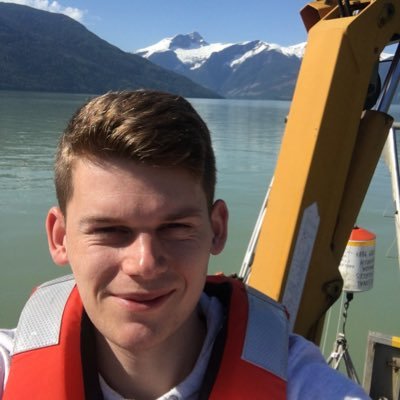
Submarine sediment-laden flows, known as turbidity currents, are one of the most important processes on our planet for the transport of sediment, nutrients, pollutants and organic carbon from the terrestrial realm to the deep sea. Individual flows can runout for hundreds of kilometres and can reach velocities up to 20 ms-1, therefore posing a significant threat to seafloor infrastructure. Understanding the factors that trigger turbidity current is therefore key to our knowledge of flow frequency which, in turn, provides an insight into global sediment flux and hazard assessments for critical seafloor infrastructure. Linking triggering mechanisms to individual turbidity currents requires temporally high-resolution measurements of both potential triggering mechanisms and flows. However, very few of these datasets exists, even fewer measure a significant number of turbidity currents for robust statistical analysis. In this talk, Lewis will focus on two of such datasets. First, Monterey Canyon, located offshore California. Here, flows do not always coincide with major external triggers, such as earthquakes, storms or river floods. Instead turbidity currents cluster during the winter, when sediment delivery to the canyon head is highest. A similar seasonal pattern of turbidity current activity focussed around sediment supply is observed at other systems worldwide, leading to a new model for preconditioning and triggering of turbidity currents in areas of sediment accumulation. Second, a highly active (i.e. 95 flows in four months) submarine channel in Bute Inlet, British Columbia, Canada. Previous work in similar systems have shown turbidity currents preferentially occur at low-tide, during periods of enhanced fluvial sediment supply. For the first time, the combined effect of two variables (river discharge and tidal elevation) is quantified to develop a predictive model that successfully hindcasts almost 90% of turbidity current activity (i.e. timing of flows and non-events). These studies reveal that windows of heightened turbidity current activity can be anticipated, and in cases where triggering mechanisms are well defined the timing of a turbidity current can be predictable .
When & Where?
- Wednesday, 31 March 2021
- 12 pm – 1 pm (GMT+1)
- via ZOOM
- permanent Zoom Link
- ID: 928 6049 3503 Code: p=&a7w
Webinar Flyer:
Abstract Download


